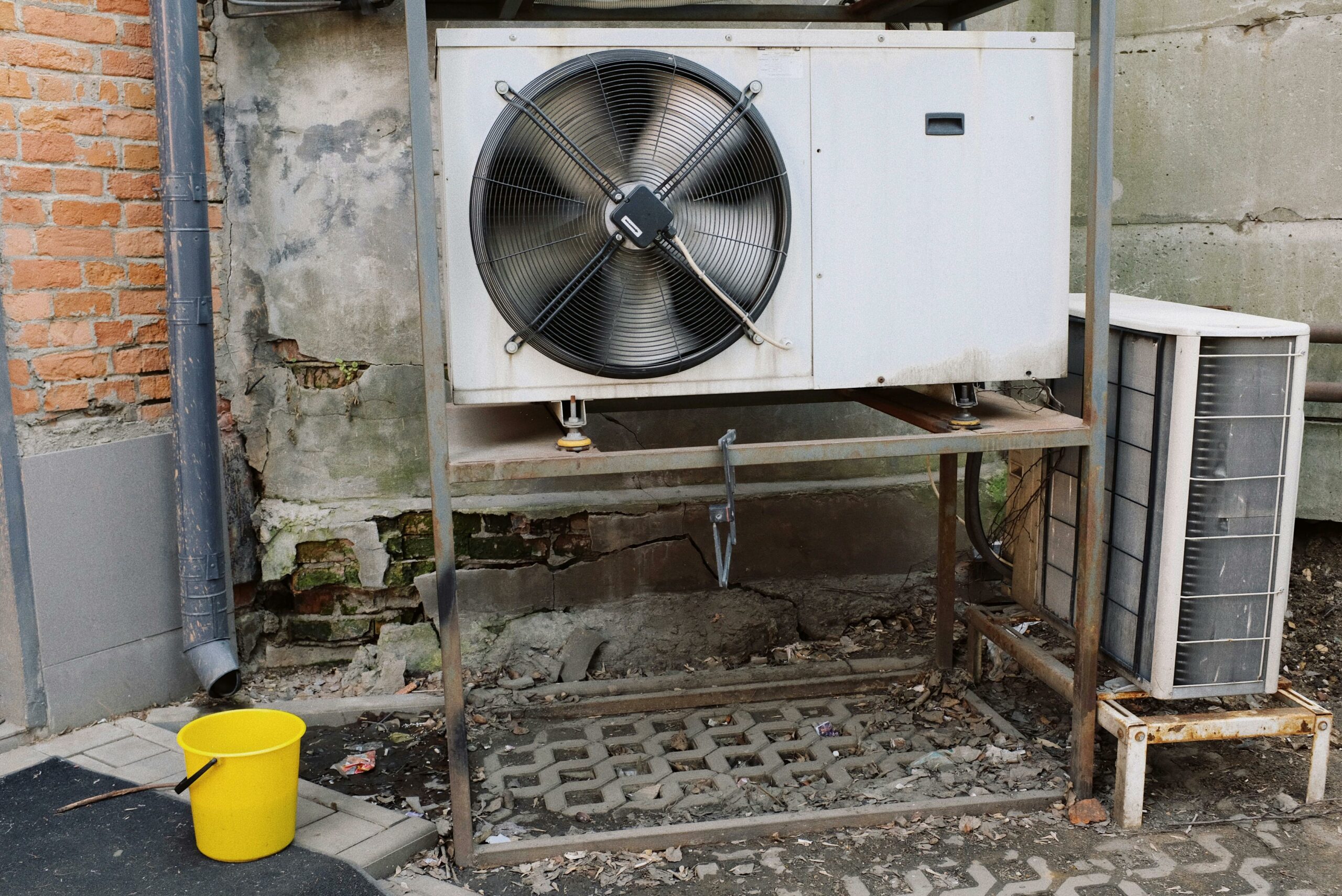Listen to this article
Kodama turns heavy equipment used for forest thinning into autonomous or remotely operated machines. | Source: Kodama Systems
The U.S. is currently facing a wildfire crisis. In 2022, wildfires burned over 7.5 million acres of land, according to the National Centers for Environmental Information (NCEI). The Cybersecurity & Infrastructure Security Agency has estimated that wildfires have caused $81.6 billion in damage from 2017 to 2021, a nearly tenfold increase from 2012 to 2016. Kodama Systems Inc. is one company offering a possible solution.
Several factors have contributed to the current crisis. These include a warming climate and a growing number of homes in the wildland-urban interface, according to the U.S. Department of Agriculture (USDA) Forest Service. But you might be surprised to learn that overgrown forests are also a key contributor, especially in the Western U.S. Historically, forests in the West were much less dense than they are today. Overstocked forests have resulted in greater competition for resources among plant life in these areas, making them more vulnerable to drought and other stressors. Scientific consensus also suggests that these overgrown forests are a key contributor to the current wildfire crisis. An abundance of smaller, often weaker, trees is ready to burn.
Forestry is labor-intensive
Many government agencies and private landowners are now focused on removing material from the forests to reduce potential fuel loads. They are turning to forest-thinning methods that use machines to remove excess and hazardous vegetation. Their goals are to improve forest health conditions and keep wildfires from spreading out of control.
Forest thinning isn’t a simple task. First, foresters are required for project planning and environmental review. Next, they create prescriptions for logging crews to cut select trees and other vegetation. Then, a crew of workers hauls this material out of the forest and loads it onto trucks to head to various destinations like sawmills or processing facilities. A single project cycle could take months, or even years. It’s a labor-intensive and physically demanding job, and there aren’t enough organizations to meet state and federal treatment goals. There are even fewer using robotics.
Kodama Systems, a Sonora Calif.-based startup, is introducing technologies including teleoperation and automation to improve forest management operations. “Our mission is to restore forests for future generations, help promote forest health for the long term, and accelerate the work that the state and federal agencies are calling for right now,” James Sedlak, co-lead for operations and communications at Kodama, told The Robot Report.
Kodama works to prevent wildfires from burning out of control
While several companies are using robotics and artificial intelligence to detect and suppress wildfires, Kodama is one of the few taking a more proactive approach by focusing on forest thinning. “My background is in robotics and agriculture, and I’ve seen a lot of technology adoption in the agriculture space,” said Merritt Jenkins, co-founder and CEO of Kodama. “And when I started exploring forest management, I did not see the same rate of technology adoption.”
Forest thinning at scale requires various types of heavy machinery. In one approach called “whole-tree” thinning, a feller buncher cuts down trees and bunches the logs together in a bundle. Once they’re bunched together, a skidder comes along and drags the bundle of logs from the cutting site to a landing. At the landing, a processor delimbs and cuts the logs into merchantable lengths. After this, a loader uses a grapple to sort, stack, and load the logs onto a truck for transportation.
Once the trees are cut down, a few things could happen, according to Jenkins. “If you are within an economical transport distance from a sawmill, and it’s solid, quality material, then you take that material to a sawmill,” he explained. However, if the materials have imperfections, or the diameter of the tree is too small, a sawmill won’t accept them. If the company is working within an economical transport distance of a biomass power plant, it can take this material there. But most of this small-diameter material ends up being piled and burned. This is why Kodama is developing a project to store this material as carbon storage, said Jenkins. The state of California recently estimated that approximately 84% of material is left in the woods. “We are developing what we call a ‘wood vault,’ which is a method of storing that material underground for hundreds of years in dry, anaerobic storage,” Jenkins said. “With pile burning, almost all of that carbon that’s stored in the biomass ends up going into the atmosphere as CO2 emissions. Instead, you can lock that carbon away for hundreds of years.”
Kodama said its key differentiator is also aboveground. It is developing remote-controlled and autonomous technology for machinery in the woods to improve the safety and productivity of forest operations. “Our goal is to have semi-autonomous processes throughout a forest-thinning operation,” Jenkins said. “The initial focus is the skidder.”
“The skidder is generally traveling along the same trails many times,” Jenkins said. “That is an opportunity for automation because you can map it and then follow within a map.”
The Kodama team equips its semi-autonomous skidders with two primary kinds of sensors: cameras and lidar. As the skidder travels through the forest, it builds a 3D map of its surroundings. “We’re introducing automation for those lower-hanging, tedious tasks so that we could free up those very skilled operators to do other high-value work on the project sites,” said Sedlak. “The skid trail navigation is autonomous, and there are certain more dexterous aspects of the operation where we take over teleoperation,” Jenkins said. “And that teleoperation is still local, so you’re at the project site when you’re teleoperating.”
Kodama integrates its technology with the machine’s controls. Anything an operator can control from within the cab, the company can control remotely, Jenkins said.
Labor is a major challenge for this industry, he added. There aren’t a lot of young people looking to go into the field, and operating heavy machinery can be hard on the body, observed Jenkins.
Kodama said it’s also working to enable teleoperation from offsite locations to eliminate long commutes to sites and expand the operator workforce. According to the team, some workers drive up to two hours to get to the work site every day.
So far, the Kodama team has successfully demonstrated its semi-autonomous skidder in commercial forest-thinning settings. While the winter is a slower time for the company, particularly when it starts to snow in the Sierras, they’re gearing up for a busy spring.
Kodama said its focus extends beyond the skidder, with plans to automate processing and loading operations.
Forest thinning moving to the forefront of government policy
In recent years, government agencies have established initiatives aimed at preventing catastrophic wildfires, and many of them include forest-thinning goals.
In 2020, California and the U.S. Forest Service established a shared long-term strategy to manage forests and rangelands targeting 1 million acres of vulnerable forest land per year starting in 2025.
The strategy aims to reduce wildfire risks, restore watersheds, protect habitat and biological diversity, and help the state meet its climate objectives. It cited a transition toward unnaturally dense forests as a risk factor.
Two years later, in January 2022, the Forest Service launched a 10-year strategy to address the country’s wildfire crisis. It plans to carry out reduction work on 21 landscapes across 134 “firesheds” in the Western U.S. All of this means that there is more work than manual labor can accomplish alone. Kodama claimed that its systems are more crucial than ever.
“I used to be a wildland firefighter. I spent three seasons out in the front lines on some of the biggest fires in California state history,” Sedlak said. “I saw a trend that emergency response resources can only do so much, and in order to really address the wildfire crisis, we need to not only sustain that suppression workforce. We [also] really need to focus on the wildfire mitigation work.”























